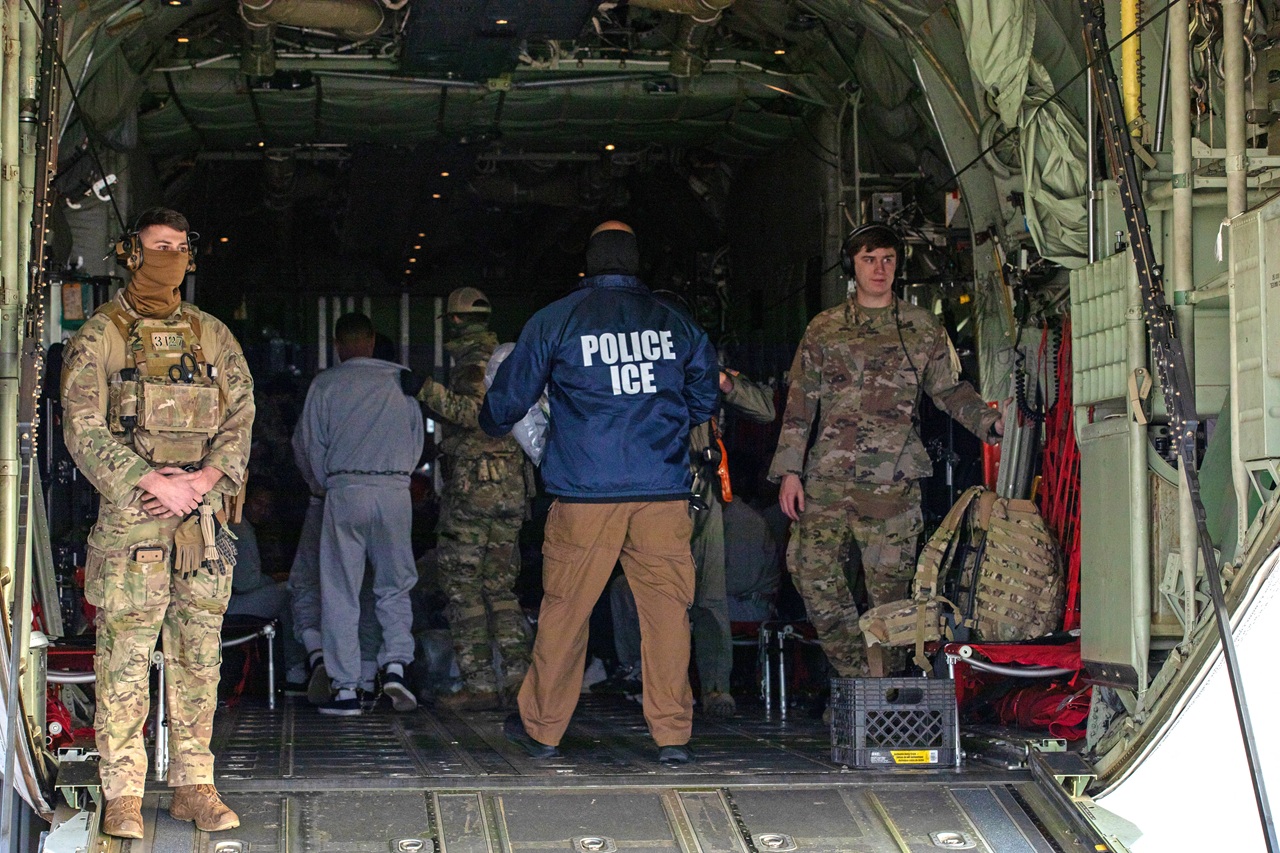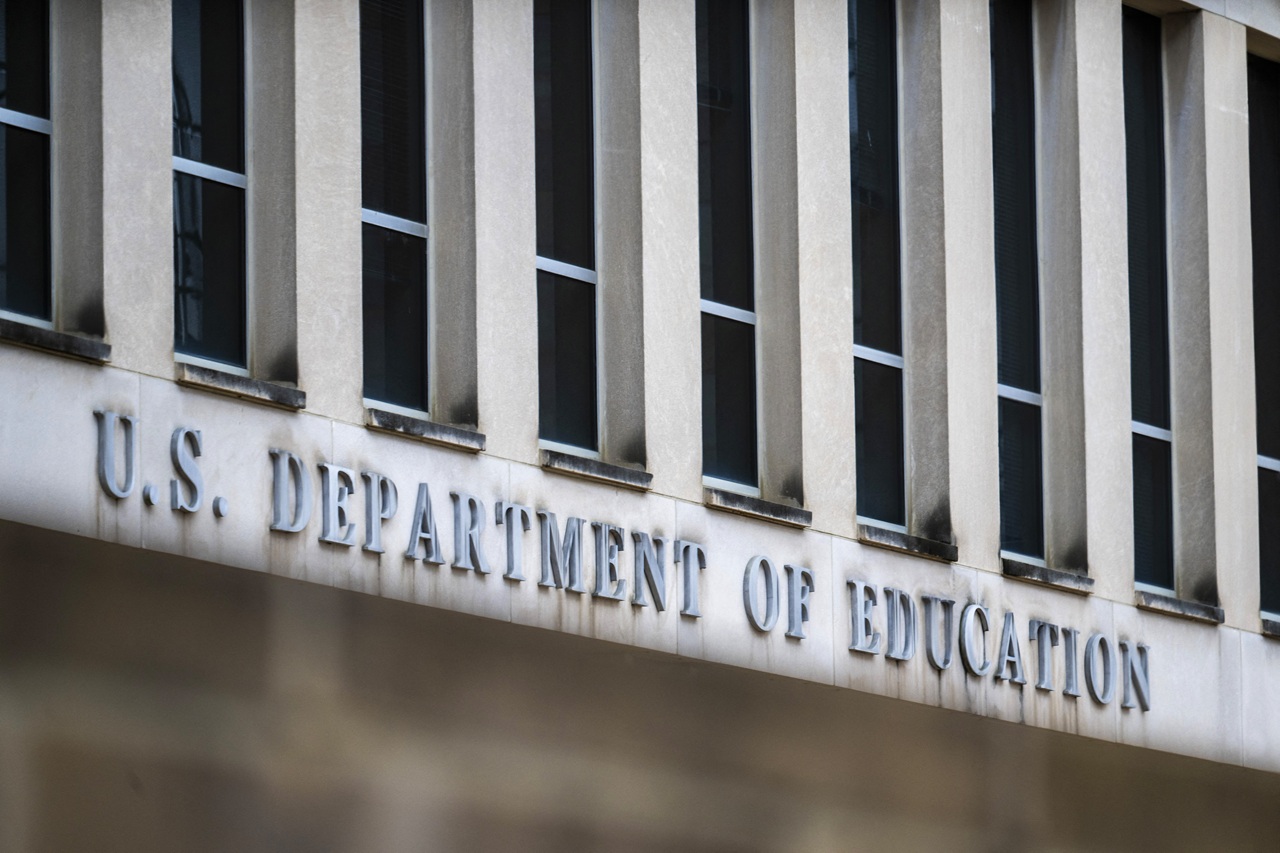
In case you missed it, here’s the definitive proof of collusion between Trump and Russia
Amid the commotion surrounding President Trump's first televised address from the Oval Office, the government shutdown, and the enduring fight for a border…
Again, the phenomenon of bread and circuses in the United States seems to be useless.
While the country awaited President Donald Trump's first televised address - and deliberated whether to boycott it, celebrate it, or simply recount the inaccuracies in his address - the New York Times published the latest, and most emphatic evidence yet, of collusion between the 2016 Trump campaign and Moscow.
During his tenure as President Trump's top campaign official, Paul Manafort "shared political polling data with a business associate tied to Russian intelligence," the Times said, citing documents presented to a court on Tuesday.
While this may sound like just another fact included in the endless information handled Special Counsel Robert Mueller's investigation, it's not. The document presents irrefutable proof of collusion.
To understand it, we must closely follow Manafort's trajectory as a lawyer, consultant and political adviser who designed a business model through professional lobbying in Washington, and who later replicated it in foreign governments, with a special predilection for authoritarian regimes.
But it was his "masterpiece" in Ukraine that would take him, one way or another, to join the Trump Campaign in 2016.
His work as an adviser in Viktor Yanukovych's presidential campaigns in Ukraine between December 2004 and February 2010 not only positioned him as the “number one” in political campaigns, but as a fundamental tool for Russian oligarchs with close ties to Vladimir Putin.
After the popular revolution that exiled Yanukovych to Moscow, Manafort not only lost his job but left with a multimillion-dollar debt to Oleg Deripaska, an influential figure in Russia and with whom he would have developed contracts of up to 10 million dollars a year to "promote Russian interests in politics, companies and media coverage in Europe and the United States."
The best way to settle his debt arose when Donald Trump was positioned as a favorite in the U.S. Republican primary.
Manafort would transform his involvement in the Trump campaign into the ideal currency to pay off his debt with Deripaska.
Where is the evidence?
RELATED CONTENT
In a document filed by Manafort’s lawyers – remember he faces 12 charges for money laundering, tax evasion, among others - to challenge his client's accusation for lying to the FBI during Mueller's investigation, the defenders forgot to edit some of the parts that the media didn’t miss.
These fragments revealed that, during and after his tenure in the Trump Campaign, Manafort shared sensitive information from internal polls about then-candidate Trump with Deripaska, who would send them directly to the Moscow intelligence agencies to fine-tune the cyber attacks that helped guide the campaign to victory.
Although Mueller's investigation has already made clear the Russian inference in the elections, there was no explicit link between the campaign and Moscow - until now.
The documents published by the Times fill that void.
However, none of this indicates so far that Trump was aware or actively participated in the transfer of information or coordination between officials of his campaign and Russia for post-inaugural agreements - such as the lifting of sanctions on Russia, for example.
But these last-minute discoveries determine that "from March to August 2016, when Manafort worked for the Trump campaign, Russia was engaged in a full-fledged operation using social media, stolen emails and other tactics to boost Mr. Trump, attack Mrs. Clinton and play on divisive issues such as race and guns," the Times concludes. "Polling data could conceivably have helped Russia hone those messages and target audiences to help swing votes to Mr. Trump."
This is the most transparent, contemporary definition of "treason."










LEAVE A COMMENT: